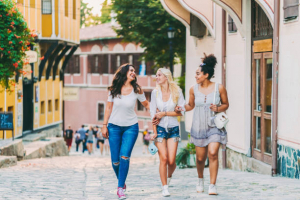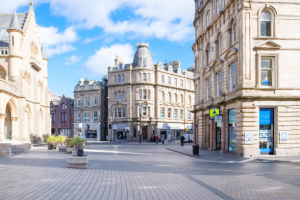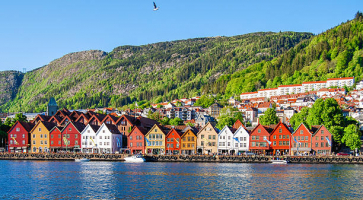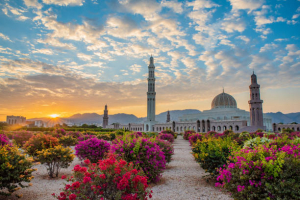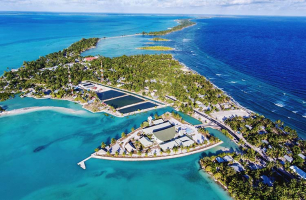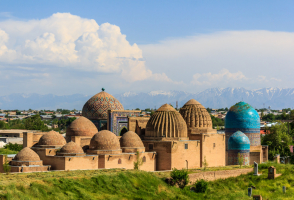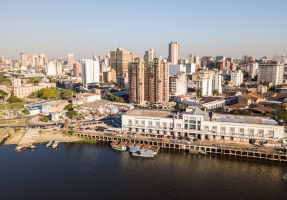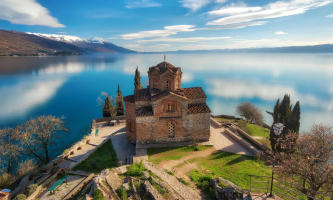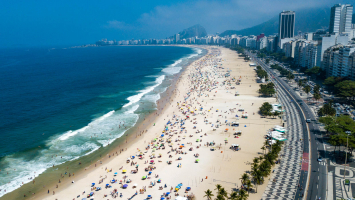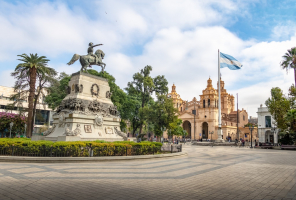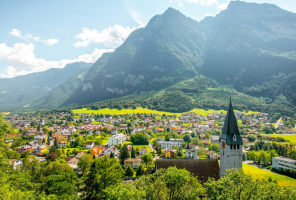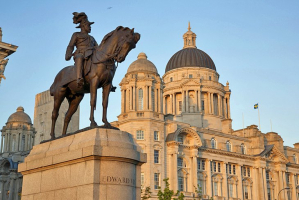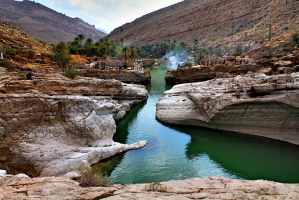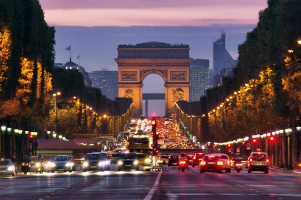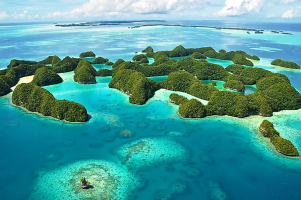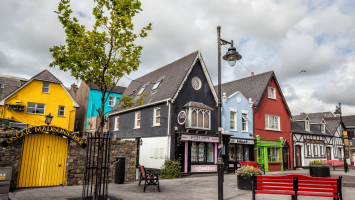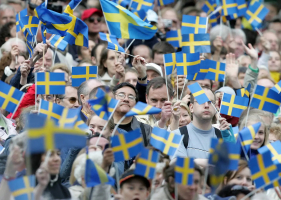Top 8 Reasons to Visit Palestine
Traveling to any country on the planet necessitates a reason or motivation. Each country has its unique reasons for enticing people from around the world to ... read more...pack their bags and get ready to go. Reasons vary, such as looking for work, getting a decent education, seeing historical and archeological sites, having fun, and so on. Cheap tickets could also be one of the factors. As any other country, Palestine also has its own attraction where people cross thousands of miles to be here and explore the truth face of the country. Here is a list of top 8 reasons to visit Palestine that you should not miss.
-
Don't be put off by the fact that Palestine isn't a typical tourist destination. It is not only simple to get to Palestine, but it is also possible to travel within the West Bank. All major Palestinian cities feature hotels and hostels to accommodate visitors of all budgets. In comparison to neighboring Israel and Jordan, travel prices in Palestine are comparatively low. And, because there is so much to see and do in the West Bank, visitors should allow enough time (at least a few days!) to see the major cities and sites.
Overland travel to the West Bank is possible from either Israel or Jordan. It is faster and more direct to enter from Israel (travellers can catch buses heading to Palestine from Damascus Gate in East Jerusalem). Travelers from Jordan can enter the West Bank via the Allenby Bridge. Public buses run throughout the day between all major Palestinian cities in the West Bank, allowing you to travel from city to city. Travelers can also take services minibuses (which are slightly more expensive but also more direct) and taxis, which are widely available throughout the West Bank.
A word about travel safety. Foreigners should not expect to be targets of violence despite the war. When there are violent clashes, they are usually between Israeli forces or settlers and Palestinians, not between foreigners and Palestinians. Protests are notorious for violent outbursts, which travelers should avoid in general. Furthermore, Palestine is a religiously diverse area with people of many faiths, but visitors should be aware that there is often tension between Palestinians and Jewish settlers in the West Bank. Finally, solo travel in the West Bank is more than possible, and solo female travelers should not be discouraged from visiting the region. Overall, travelers should exercise caution wherever they go, but keep in mind that traveling in Palestine is a rich and rewarding experience that should not be missed due to exaggerated or biased accounts of danger.
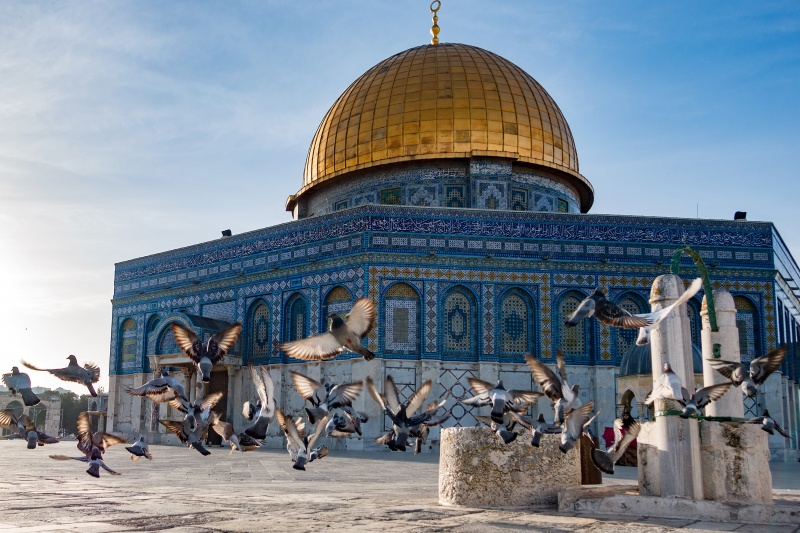
engagingcultures.com 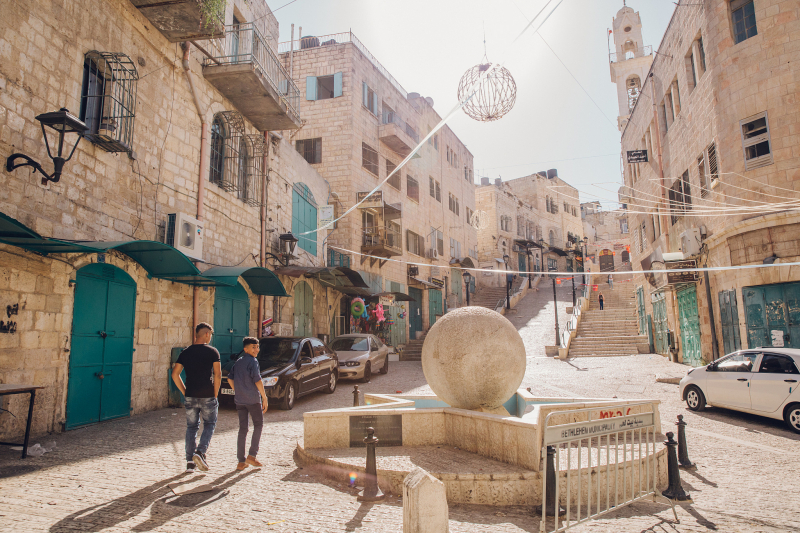
easyvoyage.co.uku -
"Foods and desserts" is one of reasons to visit Palestine. First, let's get the hummus and falafel out of the way. It's all over the place, and it's great. Don't be surprised if you wind up eating it every day - or more than once a day. In most restaurants, a falafel pita with veggie toppings costs about 5 shekels (about £1.30). But don't limit yourself to hummus and falafel! Mansaf, a dish made with chicken or lamb over a bed of rice with an accompanying yogurt-based sauce, is also delicious for visitors to Palestine. Maqluba is another Palestinian classic, with vegetables, meat, rice, and other ingredients served together - and upside-down!
To drink, get in the habit of drinking a lot of tea with fresh mint and plenty of sugar. Coffee is also widely available, with carts selling small cups of black coffee around Palestinian cities. And don't be afraid, alcoholics. Although Palestine is predominantly Muslim, alcohol is available in most cities (Hebron being the exception). Palestine even has its own brewery, which produces the well-known Taybeh beer. If you plan your vacation carefully, you might even be able to attend Palestine's own Oktoberfest!
Finally, no trip to Palestine is complete without knafeh for dessert. Knafeh is a delicious dessert made of sugar and cheese that is typically topped with nuts and honey. The most famous knafeh in the Arab world comes from the city of Nablus, but this sumptuous dessert can be found throughout Palestine and other Middle Eastern countries. If you visit Nablus, make sure to stop by Al-Aqsa Sweets, which is famous among Palestinians for having the best knafeh.
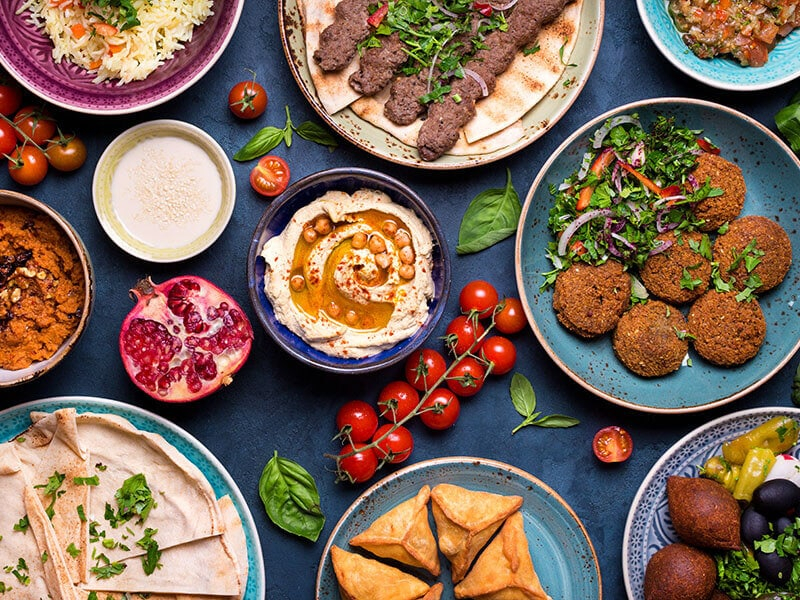
everylittlecrumb.com 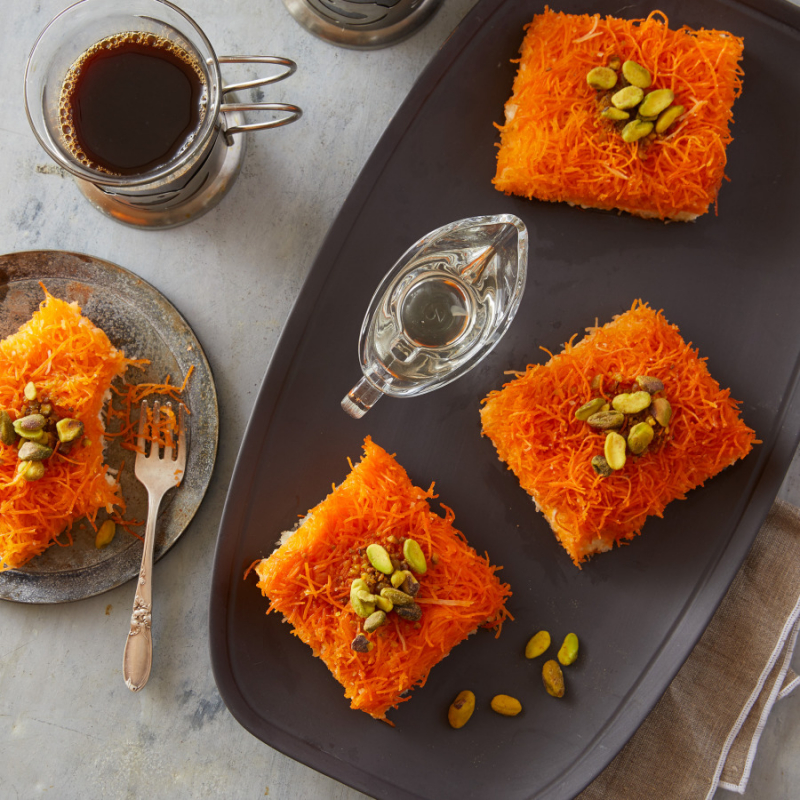
feastinthemiddleeast.com -
There's a reason it's named the Holy Land. Palestine is home to some of the world's most important sites for the three Abrahamic religions (Islam, Judaism, and Christianity). The Cave of the Patriarchs, located in Hebron's ancient city, is supposed to be the burial location of the prophet Abraham and is a holy place for Jews and Muslims alike. The Church of the Nativity in Bethlehem is considered to be Jesus' birthplace, making it an important location for Christians. Jericho is known as the setting for the Battle of Jericho in the Hebrew Bible/Old Testament, and it is home to a number of significant archeological sites in the region.
And, of course, no religious travel across Palestine would be complete without a visit to Jerusalem, the world's holiest city. The Old City of occupied East Jerusalem is home to numerous holy sites for Islam, Judaism, and Christianity. For example, the Church of the Holy Sepulchre, the Western Wall, the Al-Aqsa Mosque, the Via Dolorosa, the Temple Mount, and many more—and this is just scratching the surface. Palestine is the place to visit if you are religious or simply want to learn about the region's many religious and historical sites.
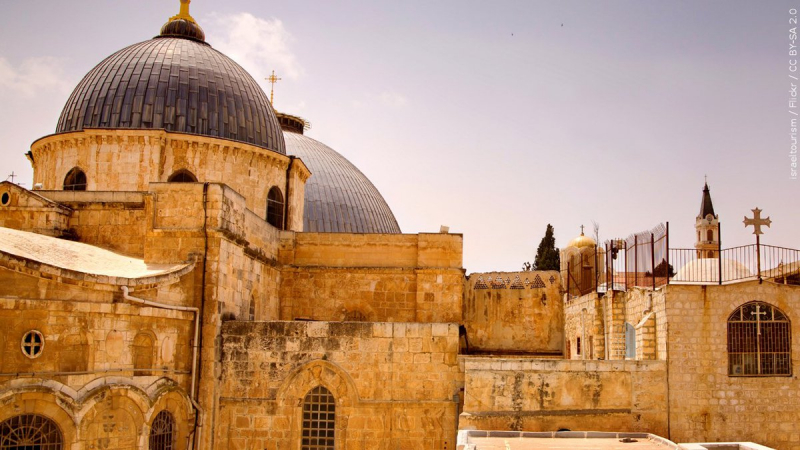
breakingmatzo.com 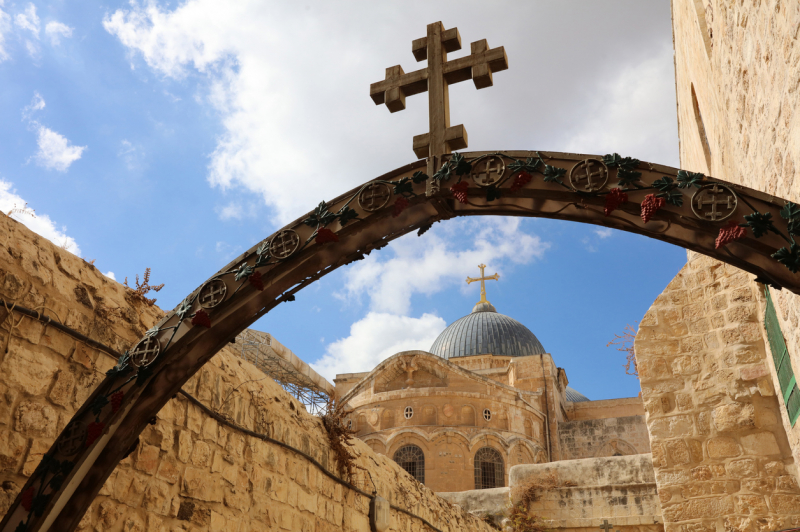
breakingmatzo.com -
Visitors to Palestine should expect to be treated warmly during their visit. Hospitality is highly ingrained in the local culture. Being hospitable to first-time visitors is ingrained in the Palestinian mentality. When you visit someone's home in Bethlehem, Ramallah, or Hebron, you can expect to be served bowls of Mediterranean hummus and other tantalizing Mediterranean culinary samples.
You'll be served the most aromatic coffee or tea you've ever tasted. Sweets made with nutmeg, dates, and honey will almost certainly be served to you. Shopkeepers may offer you a meal, and in nearly every conversation with a Palestinian, you'll hear "ahlan wa sahlan" at least once, if not three, four, or five times!
The media may portray the region as hostile and anti-foreigner, but personal experience suggests otherwise. Many Palestinians welcome the opportunity to speak with foreigners and share their experiences and viewpoints. Enjoy the abundant Palestinian hospitality and use it to build bridges, listen to people's lived experiences, and gain a better understanding of Palestinian life and culture.
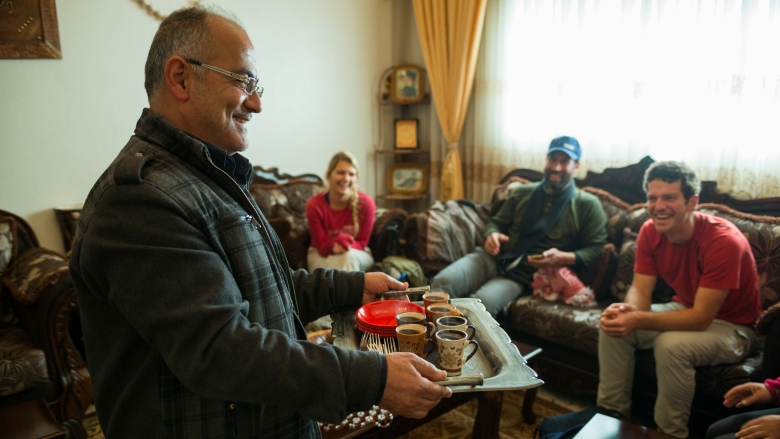
excellencenter.org 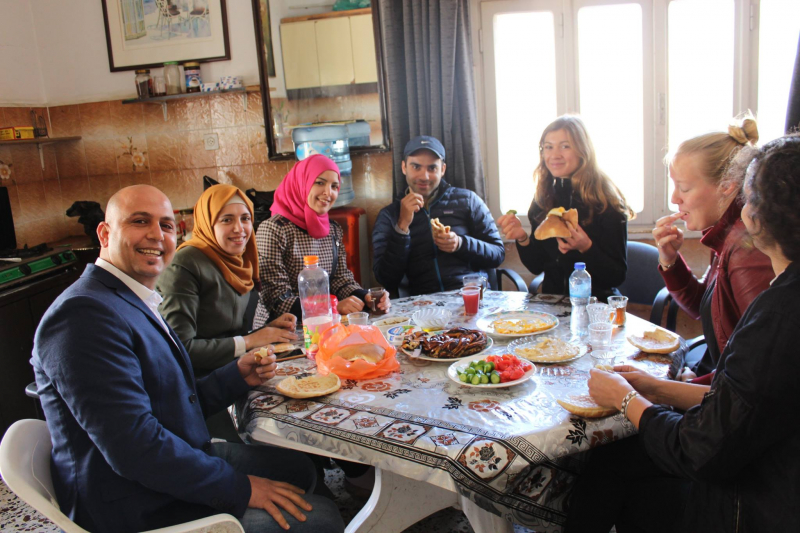
worldbank.org -
One thing to keep in mind when visiting Palestine is that it is impossible to visit without being involved in politics in some way. The Israeli occupation affects all elements of Palestinian society, and the conflict shapes everyone. The Palestinian people are extremely politicized, and everyone you interact with will have a different perspective on the problem and the best approach to resolve it. Many individuals are eager to talk about the political situation with visitors, so don't be scared to ask questions.
Travelers to Palestine have a rare opportunity to create their own opinions about a highly sensitive issue, based on firsthand observations and real-life exposure to the conflict. As you travel through Palestine and get a sense of what life is like for the people, you will be able to flesh out your own beliefs and ideas about the current situation, and you may even be able to utilize this information to contribute to the solution. This is especially crucial given that the information you receive about the conflict, particularly from outside, is frequently slanted. Much of the reporting on the conflict comes from outside Palestine, and governments with a stake in regional politics have an incentive to present one-sided views of the conflict. Visiting Palestine allows you to form own opinions, which can then be used to drive education, activism, and, hopefully, social change.
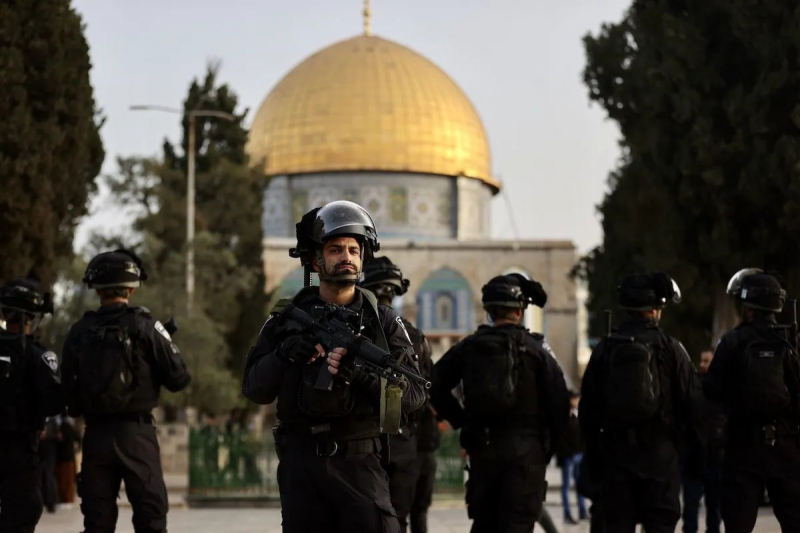
hindustantimes.com 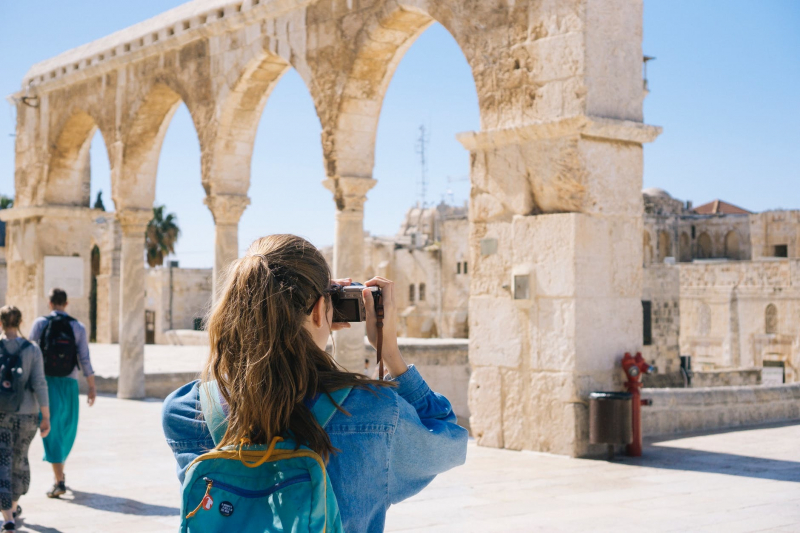
theindependent.ca -
In terms of aesthetic appeal, Palestine has something for everyone, whether you like the sight of tree-covered hills that appear to go on forever or the glow of city lights along an urban skyline. Smaller cities in the south, such as Beit Sahour and Beit Jala, are surrounded by vegetation, and the steep terrain makes it easy to find an awe-inspiring vista.
The more arid locations, such as those surrounding the Dead Sea, present an incredible contrast to the fauna that thrives there. The metropolitan areas also have a wealth of amazing things to see; the souq of Hebron is colorful and lively, as is much of Jerusalem's Old City architecture.
The street art of Bethlehem reflects the sufferings of its citizens, portraying the humanity of a community in upheaval. It dates back thousands of years, transforming a brief stroll toward Jaffa Gate into a trip back in time. Beauty abounds in Palestine, in a variety of forms and locations.
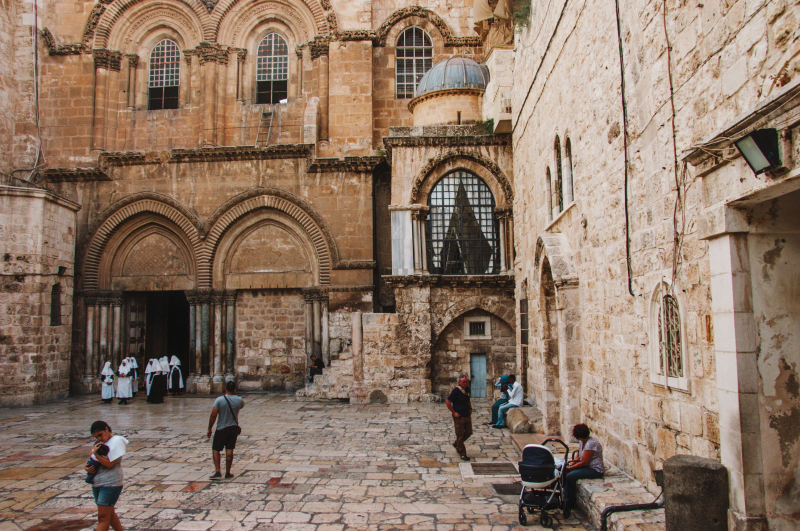
palestinetrails.com 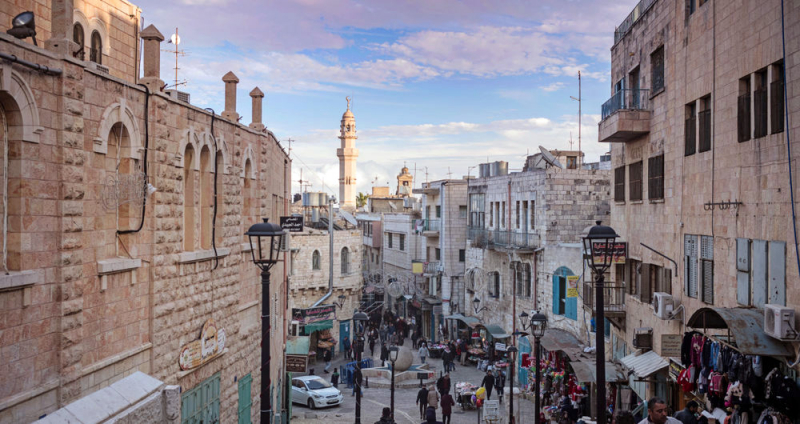
palestinetrails.com -
Palestine's location on the eastern Mediterranean coast, next to the Sinai Peninsula and the Jordanian desert, has a significant impact on its weather. Its position is directly responsible for Palestine's pleasant moderate and warm temperature. Winter in Palestine lasts around three months, and the temperature might drop below zero at times; nevertheless, it does not frequently snow in Palestine. Only twice in the last few years has it snowed.
Summers in Palestine are scorching. In Palestine, July and August are the hottest months. Temperatures may reach 30 degrees Celsius (86 degrees Fahrenheit) on some days, and even higher. Even though the summer is scorching, the evenings are pleasant. After a hot day, people like to go out in the evenings to enjoy the cooler weather. Evenings may call for a sweater or light jacket.
The rest of the year has a mild and moderate climate. Rainfall in Palestine is extremely minimal, with the rainiest months falling between November and February. During the months of April, May, and June, Palestine is subjected to hot, dry, sandy, and dusty khamseen winds that originate in the Arabian Desert. During the winter, Palestine has seven hours of sunlight, while the summer has roughly 13 hours of daylight. This mild weather makes Palestine a desirable destination to visit in both summer and winter, making your journey enjoyable regardless of the season.
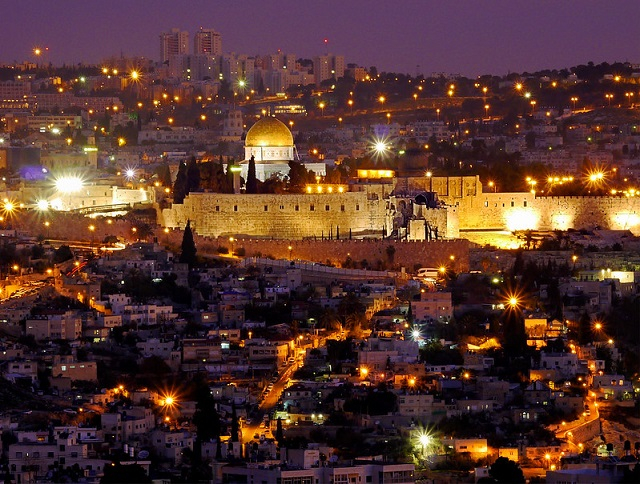
ceasefiremagazine.co.uk 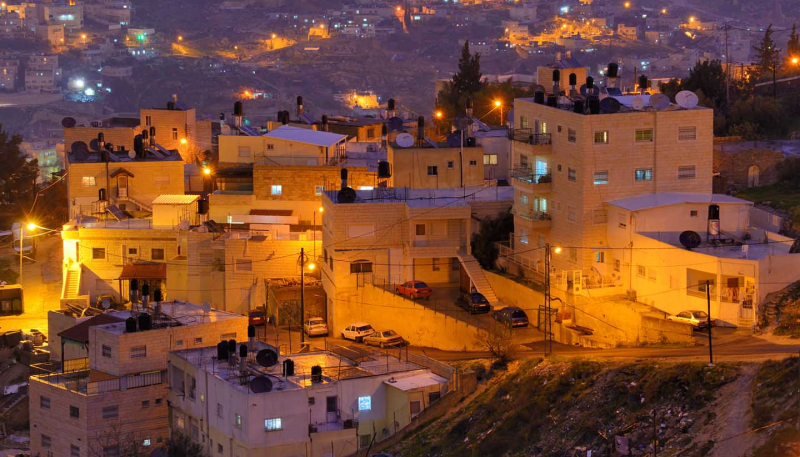
worldtravelguide.net -
Palestine is home to numerous religious sites of great importance to Islam, Judaism, and Christianity. The Temple Mount and Church of the Holy Sepulchre in Jerusalem, the Church of the Nativity in Bethlehem, and al-Ibrahimi Mosque and Machpelah Cave in Hebron are among the more well-known sites, but there are many hidden jewels to be discovered if you delve a little deeper. Rachel's Tomb, located on the southern outskirts of Jerusalem, is noted for its hallowed ambiance despite the surrounding military zone.
The Milk Grotto, another holy location in Christianity, is a short walk from the Church of the Nativity, down an unremarkable alley. Abraham's Oak can be found among the busy turmoil of Hebron city life. It stands opposite a small monastery on territory owned by the Russian Orthodox Church. Regardless of religion, each location is a haven of serenity and beauty. Palestine is a beautiful place full of history and things to see and do. Driving through the countryside in a Service or taxi is a pleasure in and of itself.
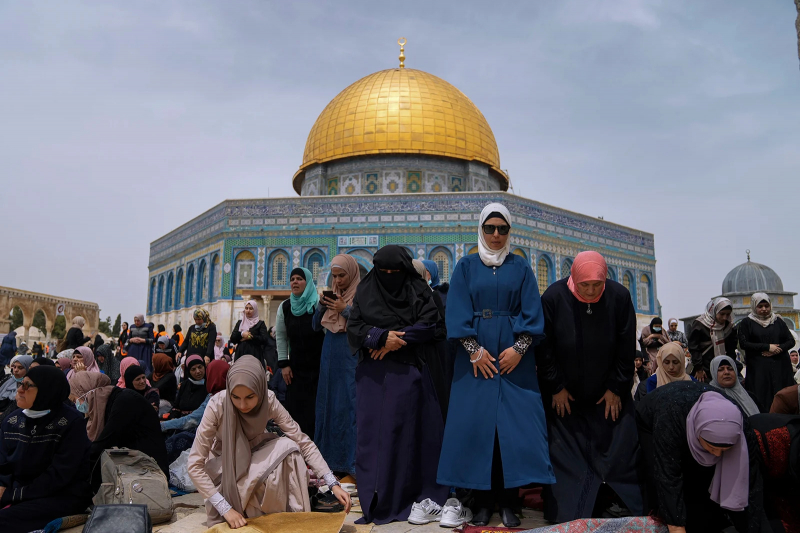
religionnews.com 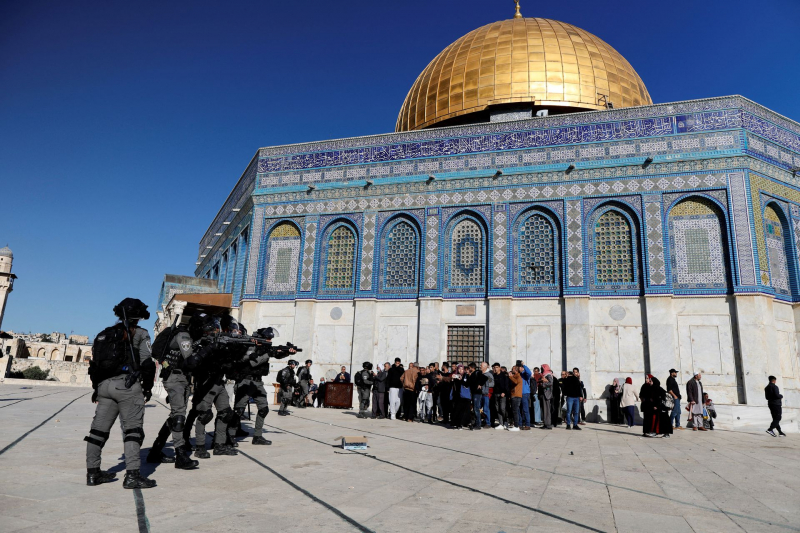
religionnews.com










